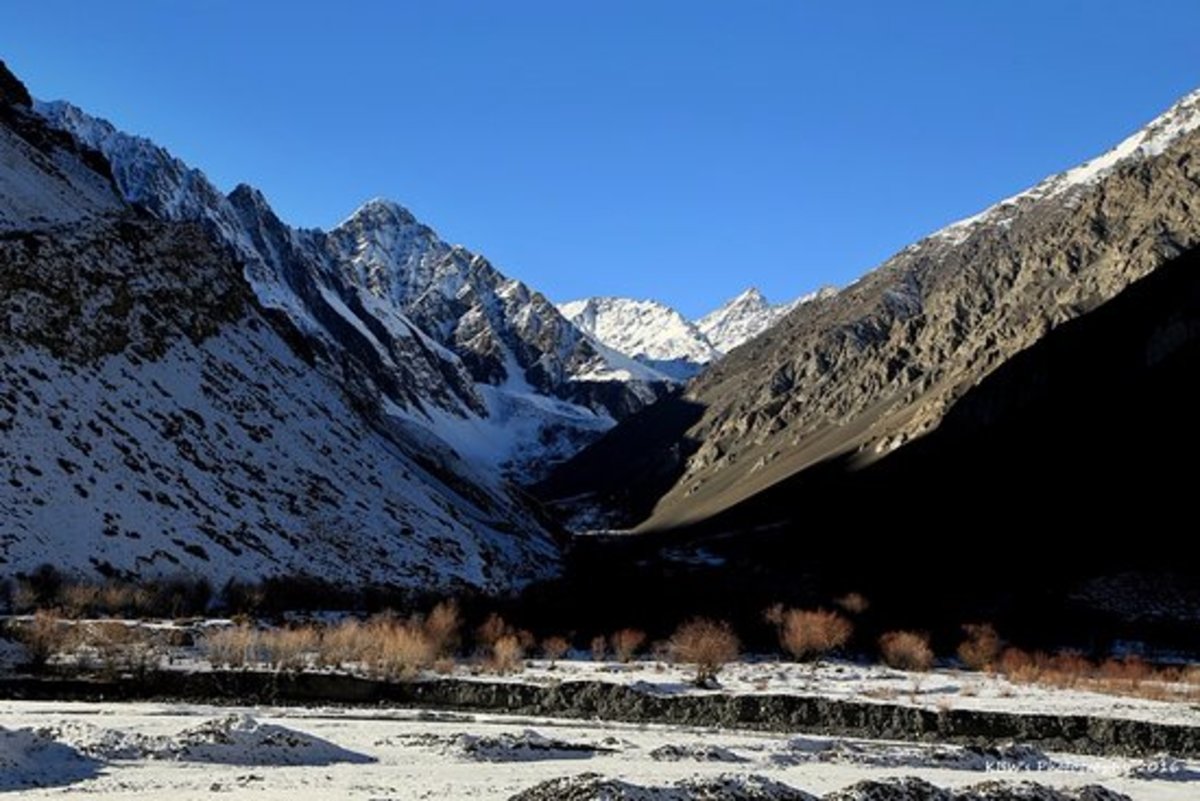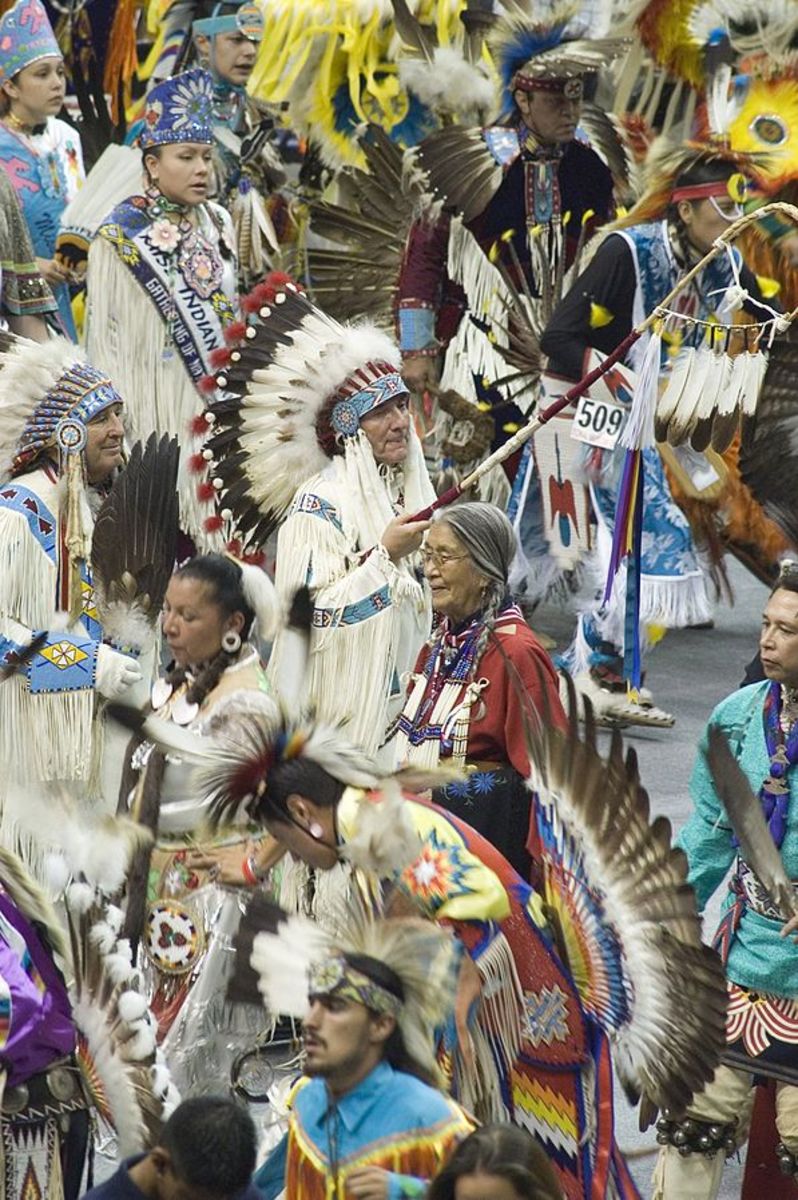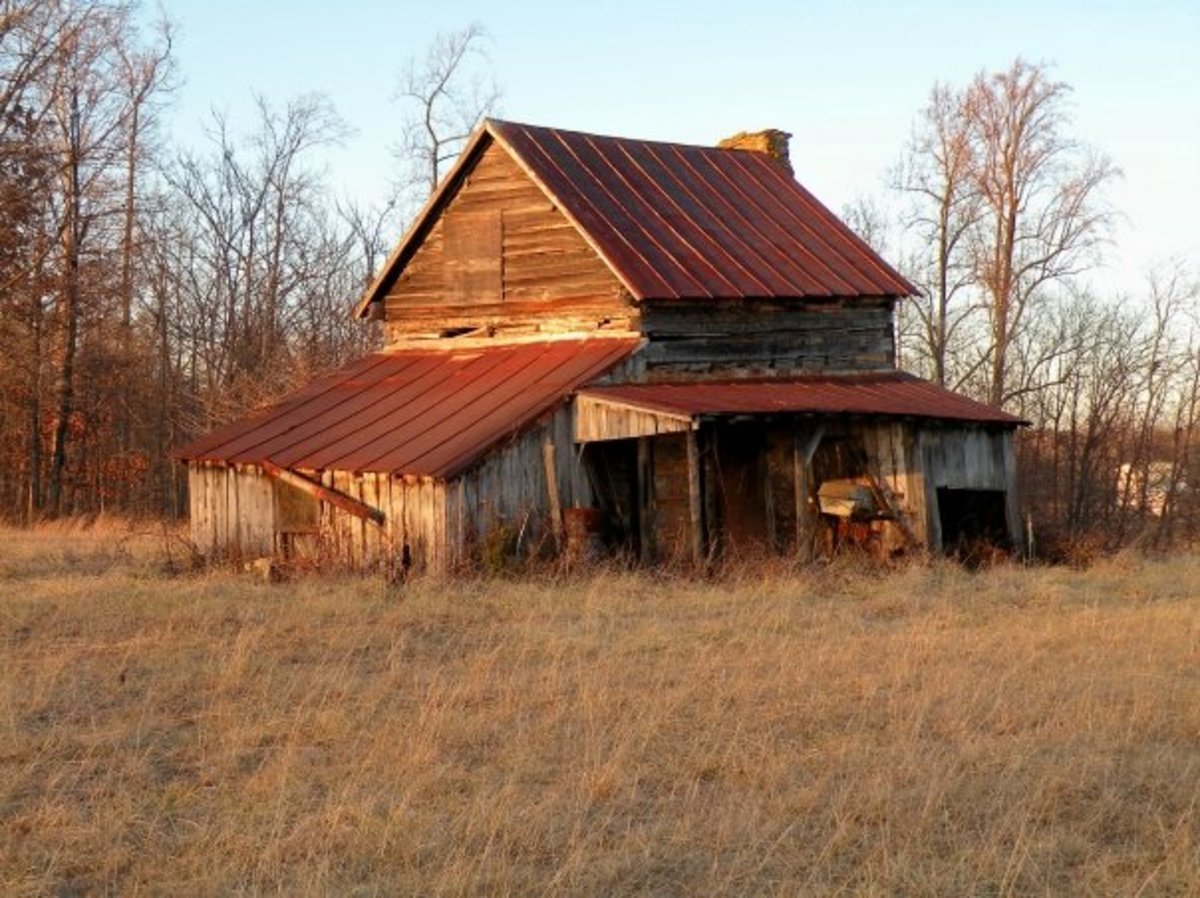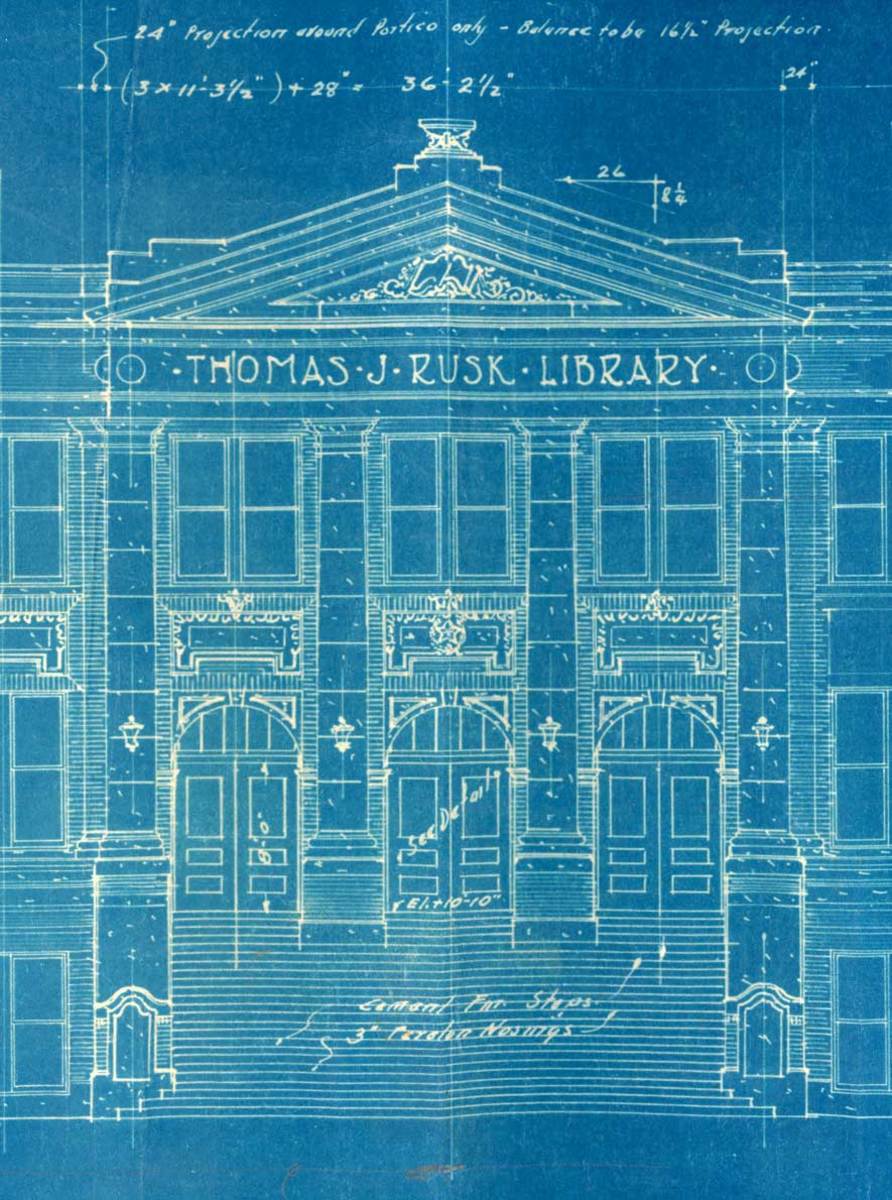Forest Land Use Plan: Is it necessary?
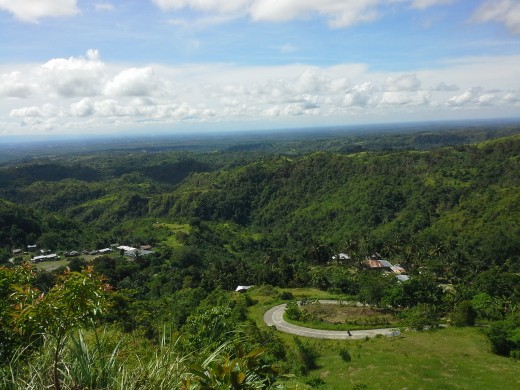
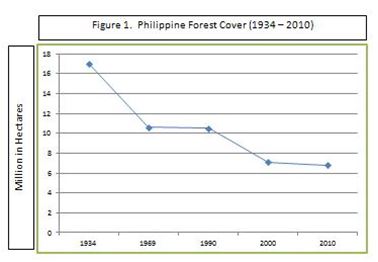
Forest and Forestland
Forest and forestland or timberland differs from each other. The former, refers to a land with an area of not less than ½ hectare having a tree crown cover of at least more than 10%, whose height in maturity have reached 5 meters, either appears in closed or open canopy1 while the latter refers to the classification of the land2.
Forestland is an asset of the State3, which includes the public forest, the permanent forest or forest reserves and forest reservations4. With or without the presence of trees or vegetation, its land classification as timberland will not change nor increased or diminished, neither conversion of land uses from forestlands into non – forestry uses shall be allowed except by an act of the Congress5,6. Even so a mere possession and occupation in the concept of an owner in a spanning decades or centuries, no matter how long he has possessed and occupied the area of the forestland, it will never ripen into an ownership7. Albeit, one was given the appropriate license or tenure agreement over a parcel of land in the forestland, the same shall not be held in perpetuity as they were effective only up to a maximum period of fifty (50) years8. In special cases, the State thru the Indigenous Peoples Rights Act or IPRA law, gave due recognition to the indigenous peoples living in the uplands since time immemorial giving them the proper rights to their ancestral domains and the preservation and development of their cultures, traditions and institutions9. Accordingly, there are 12 – 15 million indigenous peoples living in the uplands today excluding the non indigenous peoples (Non-IPs). Even with the existence of these indigenous peoples, yet the forestland shall always remain and retain its land classification. Forestland has been categorized into classified and unclassified. Classified forestlands are those lands which are covered by proclamations or declarations such as but not limited to national park, civil and military reservations and watershed reserves while unclassified forestlands pertains to the absence of proper declarations which are yet to be made30.
Forestland Allocations
The system of allocating forestlands is not new to the Philippine Government. As a matter of fact, during the logging era from 1960s to 1980s, the then Department of Agriculture and Natural Resources (DARN) now Department of Environment and Natural Resources (DENR) had issued Timber License Agreements (TLA) to qualified corporations to develop and cut harvestable trees over a large tract of forestlands for a period of 25 years and renewable on the same number of years. Accordingly, the average rate of cutting trees on that period was about 210,000 hectares per annum10 leaving our present generation a small patch of forest in the forestlands. Only until in 1993 that the Supreme Court in its landmark decision, decisively took a staunch move to cancel all TLAs issued to all Corporations with due consideration on Intergeneration Theory11.
While Timber License Agreement (TLA) was issued to certain prominent families with a big business corporation, on the other hand, a Stewardship Contract to ordinary families under the Integrated Social Forestry Program12 was also issued in 1982 up to 1990s with a contract period of 25 years and renewable for another 25 years subject to terms and conditions of the agreement. Stewardship contract continued to exists up to the present but face with many challenges and issues in its renewal due to several conditions / requirements provided by the IPRA law. Moreover, the Forest Land Management Agreement (FLMA)13 and Community Based Forest Management Agreement14 in 1992 and 1995, respectively was institutionalized by the Department of Environment and Natural Resources (DENR), with an aim to uplift the social and economic conditions of the people in the uplands and at the same time, addressing the worsening degradations and timber poaching in the forestlands.
When timber license agreements (TLA) had ceased to operate upon order of the Supreme Court, some TLA concessions were converted under Integrated Forest Management Program (IFMP)15 while other areas were left abandoned and became an open access. It is critical to note that an open access in timberland can be a subject of intrusion by anybody due to the absence of a forestland manager or tenurial holder administering the proper development, protection and preservation of the natural resources therein. Thus, inviting and encouraging more timber poachers (illegal cutting of trees), treasure hunters, illegal extraction of wild flora and fauna, illegal mining, kaingin farming or slash and burn cultivations which moreoften results to forest fires, and the most prevalent cases, the conversion of forestland into agricultural uses.
Forest Cover
Comparatively, the Philippines forest cover in 2010 was estimated at 6.8 million hectares against 17 million hectares in 1934 or a difference of 10.2 million hectares of land converted from forests to another land uses in a span of 76 years. From year 2000 to 2010, despite of the heightened awareness of the people thru radio, televisions and internet about disasters and calamities in the country, particularly, flashfloods / flooding, landslides, severe erosions, liquefaction, and other geologic catastrophes, yet the forest cover continued to decline about 300,000 hectares within a 10 years period or 30,000 hectares per year or 82.19 hectares per day.16,17,18.
The declining forestland is often associated with social and economic patterns, although in 2014 report of the Philippine statistical yearbook, the forestry sector had contributed to the national gross domestic product about 0.12% or equivalent to PhP 5.26 billion19. Human interference with the natural equilibrium, existing between the soil and the environment, is responsible for the occurrence of accelerated erosion and siltation to rivers20 and other pressing problems in the uplands. It was observed that at least a fourth or more or less 25 million out of the total population of more than 100 million, now lives in the upland areas21.
Improper Land Uses: Its effect
Experts on environment and related sciences have common belief that whatever you do in the upland will have an effect to the low lying areas. Gravity, elevation and slope of the land are among the major factors that influence the downward course. Its magnitude of effects varies from time to time and place to place, depending on the extent, type and manner of interventions. Very prominent manifestations of its effects can be seen in our river basins or sub – basins down to the coastal areas. The condition of our river basins, if not all, are more likely, contaminated due to effluents from various sources (household, industrial plants, etc.), soil erosions from agricultural areas, improper disposal of solid wastes / garbage including animal and human wastes.
In 2012, The Philippine government through its Cabinet Cluster for climate change adaptation and mitigation composed of different departments at the national level had agreed by resolution to give priority interventions on the 18 major rivers basins nationwide22. The resolution was anchored on the principle of inter - connectivity of the ecosystem where impact of man’s activities had contributed to siltation and sedimentation to the river systems. In Region XIII or Caraga region alone (Mindanao Island, Philippines), flooding is the second natural occurrences reported from years 2002 to 2012 recording about 43 incidents next to earthquake about 183. Typhoon ranked 3rd while landslide and flashflood ranked 4th and 5th, respectively23. In the same scenario, Davao River Basin in Davao City had likewise experiences flooding wherein in many incidents, several houses along Davao river were swamp by waters24,25,26. Anthropogenic or man – induced disaster are the primary reasons of all these catastrophe and tragedies. Apparently, no proper planning has been made and precisely, sound land use practices for the forestlands were not given a chance to be realized and implemented.
The Forest Land Use Plan (FLUP)
It is the participatory process of allocating forests and forestlands as natural resource asset by the government under appropriate management, tenure arrangement and eventually putting these assets according to their best uses in order to harmonize uses of forest lands and to attain a balance production activities with forest protection and biodiversity conservation27. Accordingly, a proper management of land resources, as in this case, the forestlands28.
Under the Local Government Code29, the planning functions and responsibilities from national government were decentralized and devolved. This time, the Local Government Unit exercises its power thru the enactment of an appropriate zoning ordinance following the formulation of their comprehensive land use plan (CLUP). Accordingly, the CLUP deals mainly on the identification of broadly – defined activities for certain land uses, as to limit or restrict the land use classification such as residential, commercial, industrial, etc. however, it will not provide direct solutions to problems resulting to structural failures such as earthquakes and neither determined the infrastructure resiliency towards disasters. A strategic planning will somehow complement the other30. In 1998 and 2003, a Joint Memorandum Circulars31 were executed between and among DENR-DILG AND LGU where the parties thereto had committed to jointly endeavor the formulation of a Forest Land Use Plan (FLUP). The agreement was followed up thru an Executive Order No. 318 series of 2004 whereby in one of its particular provisions, it made mention the incorporation of forest land use plan (FLUP) in the comprehensive land use plans (CLUP) of the Local Government Units32. Most of the LGUs positively responded to the FLUP formulation, yet, most if not all, were hindered by the lack of personnel, technical expertise, equipment resources, budget including the changes of management.
Forest Land Use Plan (FLUP) must now be seriously taken consideration as we are now confronted by the effects of climate change. Despite of the advance technologies, yet the timing and volume of rainfall is still unpredictable. It rains more water in contrary to what was expected while in other areas, it provides less water. The Local Government Units as well as the National Government both formulated the disaster risk reduction management plan (DRRM)33 and local climate change action plan (LCCAP)34 as mandated by law in order to address the impacts of climate change. Both plans are necessary and important as it become the guiding tools for the concerned government offices in the preservation and protection of humanity as well as the properties against potential dangerous effects of climate change which may result to violent disasters and calamities. However, what we are looking for is a long term plan coupled with apposite implementation in addressing the worsening and continuous degradations (improper land use conversions) and deforestations in our forestlands brought about by man.
It has been quite more years that we ignore the deteriorating conditions of our forestlands. It is a time for real change. Both sectors in public and private including individuals must do his part in order to address the problems on continuous degradation. Of course, the national and local government unit must take a lead in laying down the proper land uses supported with appropriate land use policy. Such that, identify the multiple use zone as production areas and protect those areas considered to be under the National Integrated Protected Areas System (NIPAS)35, Wildlife Act36, National Caves Law37, IPRA law9, Revised Forestry Code4, and other applicable laws for protected areas. Having an appropriate forest land use plan with serious and strict implementation on the ground, the people in the forestlands will be properly guided on what appropriate land uses will be observed and practiced. Such that, problems on forest land use conversions to include practices such as slash and burn cultivation, timber poaching, charcoal making and unsustainable farming system will be minimized, if not totally prevented. Otherwise, it will result to soil erosions, siltation and flooding in our rivers. Due to lack of sanitary landfill sites, improper disposal of garbage / wastes in the upland are widespread which expected to end up the same in the rivers down to the coastal areas.
It would be imperative this time that we shall appreciate our forestlands as an important asset of the State and not just an ordinary unproductive and idle lands. With proper planning and management, we would be able to protect and lengthen the life of infrastructures (hard investments) and properties in the lowland and much more, we the people against disasters and calamities brought about by floods, landslides and man – made induced disasters. The carrying capacity of our forestlands has certain limit38. Once it loses, no matter how many plans we have made, it will eventually collapse and may result to possible occurrences of unfortunate calamities and disasters without any forewarnings to us.
Do you think our forestlands must have proper land uses just like in urban areas? You have the best judgment.
References:
- Forest Management Bureau. Department of Environment and Natural Resources
- Philippines Constitution, 1987, Article XII section 3. Republic of the Philippines
- Philippines Constitution, 1987, Article XII section 2. Republic of the Philippines
- Presidential Decree No. 705 s. 1975. Revised Forestry Code of the Philippines
- Executive Order No. 318 s. 2004. Promoting Sustainable Forest Management in the Philippines.
- Philippines Constitution, 1987, Article XII section 2. Republic of the Philippines.
- Republic v. De Guzman, G.R. No. 1378887, February 28, 2000, 326 SCRA 574 and Heirs of the Late Spouses Pedro S. Palanca, et. al. v. Republic of the Philippines, G.R. No. 151312, August 30, 2006
- Presidential Decree No. 705 s. 1975, section 28. Revised Forestry Code of the Philippines
- Republic Act 8371 s. 1997. An Act to recognize, protect and promote the rights of Indigenous cultural communities / indigenous people, creating a National Commission of Indigenous People, establishing mechanisms, appropriating funds therefor, and for other purposes. Republic of the Philippines
- Dalmacio, Marcelino V. Legislative Agenda for Sustainable Forestry. Annual National Foresters Convention. Cebu City, Philippines, 1999.
- Oposa v. Factoran, G.R. No. 101083, July 30, 1993.
- Letter of Instruction No. 1260 series of 1982. The Integrated Social Forestry Program.
- DENR Administrative Order No. 23 s. 1993. Forest Land Management Program. Department of Environment and Natural Resources (DENR), Manila, Philippines
- Executive Order No. 263 s. 1995. Adopting Community Based Forest Management as the national strategy to ensure the sustainable development of the country’s forestlands resources and providing mechanisms for its implementation.
- DENR Administrative Order No. 60 series of 1993. Revised regulations and guidelines governing the establishment and management of industrial forest planatation and management of residual natural forests for production purposes.
- Philippine Development Plan, 2011 – 2016. Results Matrices. National Economic Development Authority (NEDA). ISSN 2243 – 7576. Republic of the Philippines
- Phillippine Forest at a Glance. Senate of the Philippines. Senate Economic Planning Office. https://www.senate.gov.ph/publications/SEPO
- World Bank Indicators – Philippines Land Use, 2014. Trading Economics http://www.tradingeconomics.com/philippines/forest-area-percent-of-land-area-wb-data.html
- Philippine Statistical Yearbook, 2014. Republic of the Philippines.
- Pardillo, Joel S. 2002. The extent of implementation of Forest Land Management Program and the Socio-economic status of beneficiaries. University of Mindanao, Davao City. Unpublished Masteral Thesis.
- Tacio, Henrylito, 2013. Philippine forests are rapidly disappearing. http://environews.ph/biodiversity/philippine-forests-are-rapidly-disappearing/
- Resolution No. 2012 – 001. Adopting the eighteen (18) major river basins in the Country as priority areas of the government. Cabinet Cluster on Climate Change Adaptation and Mitigation. Republic of the Philippines.
- Caraga Risk Profile, 2013. Office of Civil Defense, Caraga Region XIII.
- ABS – CBN News, September 14, 2010. Flash flood swamps Davao Village http://news.abs-cbn.com/nation/regions/09/14/10/flash-flood-swamps-davao-village
- Calonzo, Andreo, January 20, 2013. 40,000 evacuated in Davao City after river overflows due to heavy rains. GMA News. http://www.gmanetwork.com/news/story/291221/news/regions/40-000-evacuated-in-davao-city-after-river-overflows-due-to-heavy-rains
- Manlupig, Karlos, January 20, 2013. Village in Davao still submerged in flood as LPA hovers in Mindanao. Inquirer Mindanao. http://newsinfo.inquirer.net/343543/villages-in-davao-still-submerged-in-flood-as-lpa-hovers-over-mindanao
- Department of Environment and Natural Resources (DENR). Forest Management Bureau (FMB) Technical Bulletin No. 2 series of 2014. Forest Land Use Planning. Quezon City, Philippines
- Philippine Legislators’ Committee on Population and Development, Issue Briefer: Land Use, October 2004.
- Republic Act No. 7160 series of 1992. The Local Government Code of the Philippines.
- Guidelines on Provincial / Local Planning and Expenditure Management. Volume 2 – Provincial Development and Physical Framework Plan, 2007. National Economic And Development Authority. ISBN 978 – 971 – 8535 – 18 - 9
- Joint Memorandum Circular No. 98-01 and 2003-01. Manual of Procedures for DENR – DILG – LGU Partnership on devolved and other forest management functions.
- Executive Order No. 318 series of 2004. Promoting Sustainable Forest Management in the Philippines.
- Republic Act No. 10121 series of 2010. An Act strengthening the Philippine disaster risk reduction and management system. Republic of the Philippines.
- Republic Act No. 9729 series of 2009. The climate change act of the Philippines
- Republic Act No. 7586 series of 1992. National Integrated Protected Areas System Act. Republic of the Philippines
- Republic Act No. 9147 series of 2001. An Act providing for the conservation and protection of the Philippine wildlife resources and their habitats.
- Republic Act No. 9072. National caves and cave resources management and protection act. Republic of the Philippines
- https://en.wikipedia.org/wiki/Carrying_capacity

